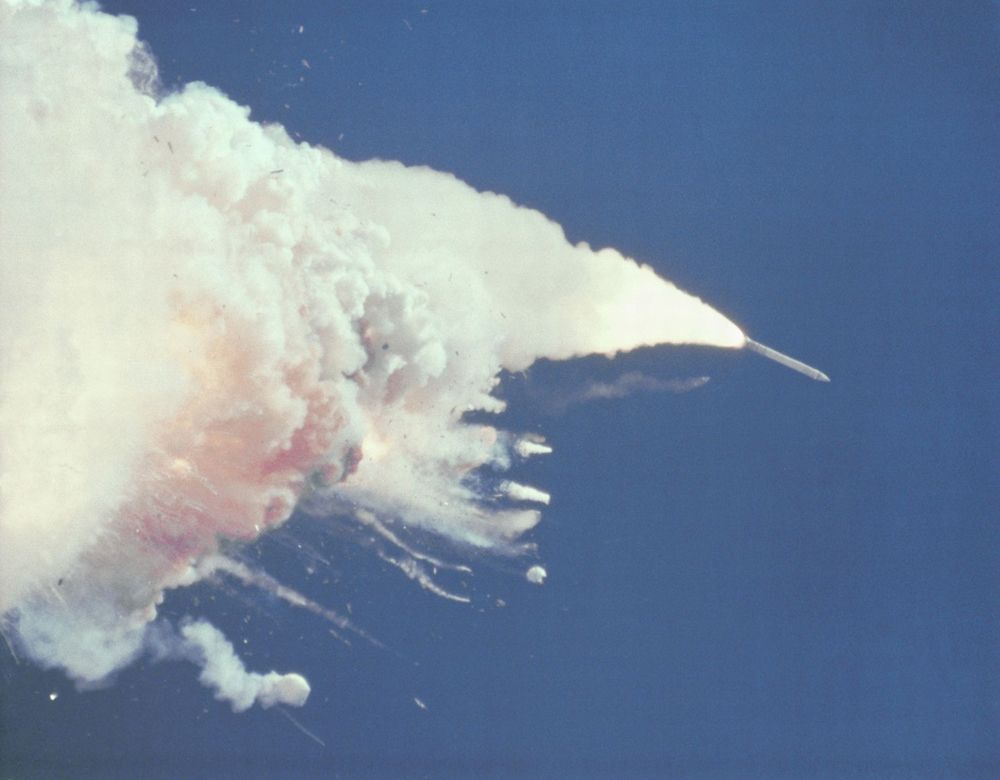

153 in the course text, Images of Organization.) The Challenger Case Study disaster Questions (Note: Use Exhibit 6.1, “Organizations and Modes of Political Rule,” on p. After reading the case on the Challenger disaster, develop your initial post. Review this week’s resources, including the Challenger case study in Chapter 7 of the course text, Reframing Organizations. In the case study, you may have noticed the actual root cause of the Challenger disaster-the push for approval from a “managerial perspective.” The general public has heard that the root cause of the space Challenger was due to O-ring failure. Sometimes data and other facts are overlooked in the decision-making process to instead deal with political pressures of other groups and/or coalitions. The Challenger disaster is a classic case study for observing the political frame and the dynamics that create a potentially negative outcome. Print( 'Confidence Interval Odds: ', np.The Challenger Disaster Case Study Assignment Y, X = dmatrices('Y ~ X', data, return_type = 'dataframe') With this being a binary outcome, the appropriate algorithm appears to be logistic regression for determining whether there is a statistically significant relationship between temperature and O-ring failure. While the plots themselves do not provide enough information to establish any causal relationship between temperature and O-ring failure, they certainly provide enough visual queues to warrant more investigation. By looking at the data, one launch experienced 3 O-ring failures, one experienced 2 O-ring failures, and all the others experienced 1 O-ring failure (the launch at 70✯ is two separate launches).įigure 2: Launches with no O-ring failures plotted in blue The Model: The Data:Ī shuttle has 5 O-rings, and there were 24 launches, which gives us a total of 120 observations. Once the values for both cases are plotted, Figure 2 leaves a different impression than Figure 1.Īs you can see from Figure 2, for launches with no O-ring failures, it appears that there is a bias for O-ring failure at lower temperatures. There is no missing data here, but by plotting only the cases of O-ring FAILURE, the information presented by O-ring NON-FAILURE is omitted. In “Applied Predictive Modeling,” the authors discuss something they call “informative missingness,” and how this data provides its own patterns, and since they are missing, they are sometimes easily overlooked.

However, in the exploratory data analysis if we do not consider both FAILURE and NON-FAILURE of the O-ring, then we are omitting observations from our data. In this case, we have all the data we need regarding temperature and O-ring failure, and there is no missing data. There are methods called imputation used for replacing missing values with plausible values and sometimes this is a good solution, and other times it’s better to simply remove the observations with missing values. The next problem is to determine which independent variables should be used? Was it the material, temperature, speed of the shuttle, fuel, vapor, or possibly atmospheric pressure? The list could be endless, and temperature, which we now know was at least a contributing cause, does not appear to be the determining factor.Īnother challenge when performing any analysis is what to do with missing data. Which independent variables could answer the question: would the O-ring FAIL or NOT FAIL? This seems like a perfect application for logistic regression analysis. As for the question being addressed here, it is clearly a binary classification problem. Selection of the statistical technique and proper interpretation is always a challenge, and numerous analyses have fallen short when closely scrutinized. This supports the idea that temperature did not play a role in the O-ring failures. Furthermore, there were just as many failures above the red line as there were below it, five.

Figure 1: Temperature (✯) vs O-ring failureĪs you can see from Figure 1, the red vertical line shows the average temperature when an O-ring failure occurred, and the blue vertical line the average temperature for all launches.


 0 kommentar(er)
0 kommentar(er)
